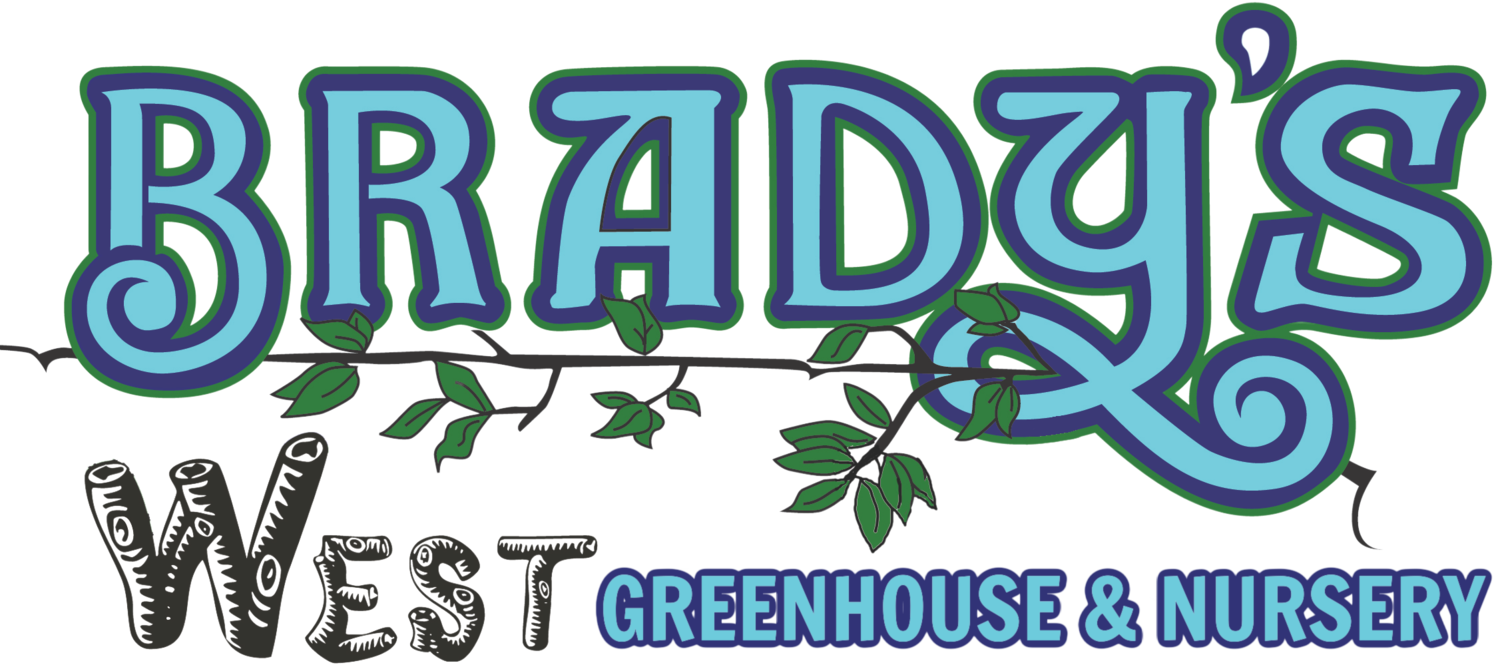Altitude and Hardiness Zones
Although hardiness zones are based on the average minimal winter temperature, other factors also strongly determine a plant's ability to live and thrive in your landscape. These factors include altitude, humidity, rainfall, wind, growing season length, and summer temperatures. Let's face it, we live in a harsh environment making it a challenge for some plants to even begin to think about growing! When considering which plants will work best in your yard, please consider the larger picture above and beyond which hardiness zone you live in. Likewise, to help your plants thrive in our harsh high desert climate, you should strongly consider certain measures, such as planting with MYKE, Root Stimulator, and compost; extra watering, staking tall trees and shrubs.
Each of our outdoor plants is tagged with a card providing important information about it, including altitude. We use altitude as a key indicator of the upper range of a plant's thrivability here in the high country. To give you a better picture of how altitude and hardiness zones are related to each other, below we provide some representative examples of locales, their altitudes, and their hardiness zones:
ELEVATION HARDINESS ZONE REPRESENTATIVE LOCALE
7000 4-5 Salida
7500 4 Poncha Springs, Moffat
8000 4 Buena Vista, Crestone
8500 4 Woodland Park
9000 3 Creede, Crested Butte
9500 2 Garfield
10000 2 Leadville
Finally, to underscore the nature of our arid high elevation climate, here are some fun facts about the weather here in Chaffee County:
Average Rainfall = 11"; Average Snowfall = 50"; Average Summer High = 78 with July as hottest month at 83; Average Winter High = 43, with January being the coldest month with an average low of 9. Chaffee County averages 266 sunny days per year and 73 days a year with some form of precipitation.
